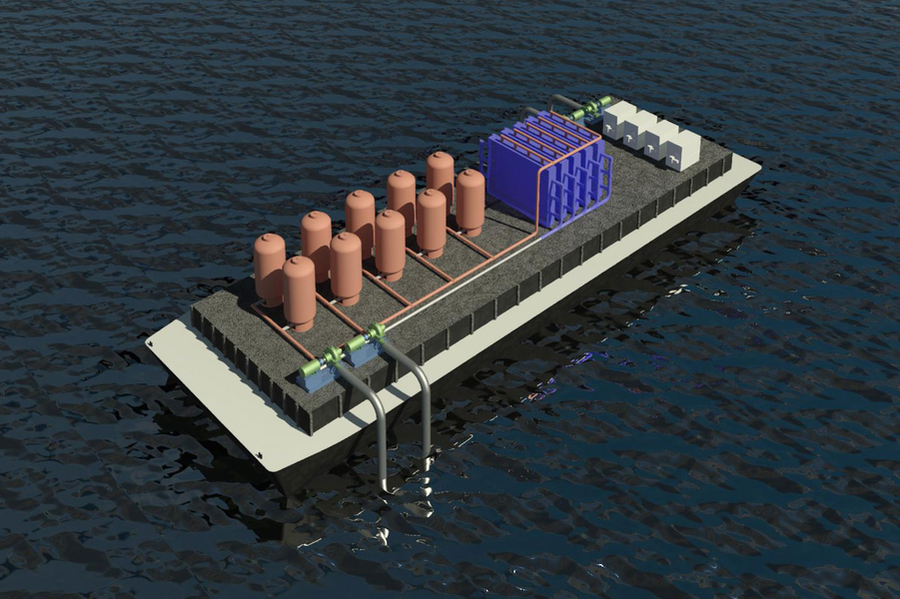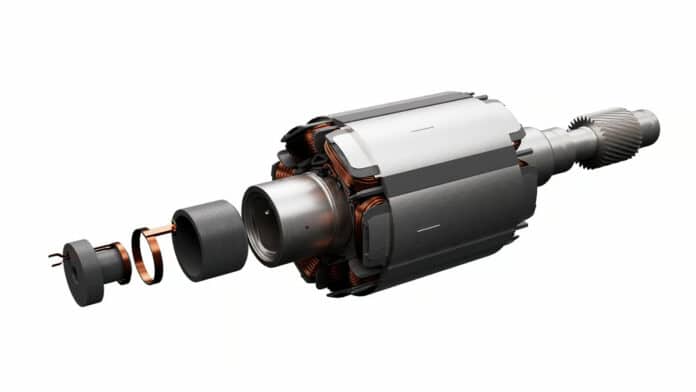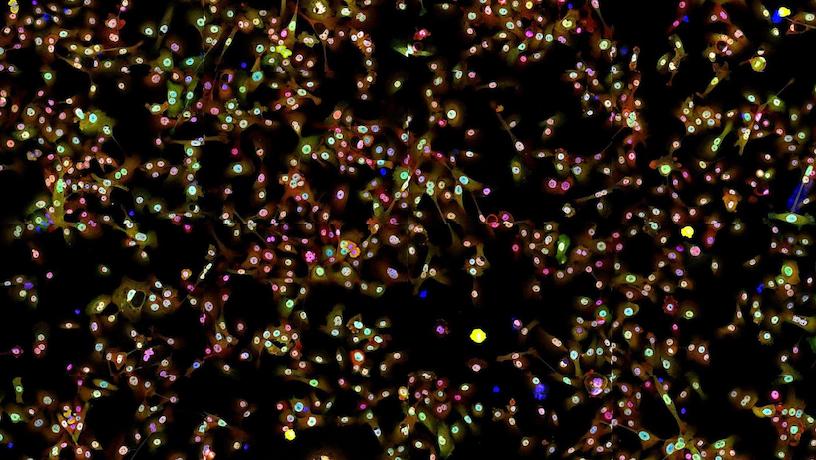A copper-based dye-sensitized solar cell (DSSC) is relatively inexpensive compared to its silicon cousin but it does not have the same level of energy conversion efficiency as a silicon solar cell. However, a new breakthrough in DSSC technology promises to significantly improve the efficiency of DSSCs while reducing the cost.
The researchers at the University of Basel in Switzerland have taken a major step in the development of eco-friendly energy solutions by improving the sustainability of solar cells. They have replaced ‘iodine’ in copper-based DSSCs with more abundant ‘cobalt’.
Dye-sensitized solar cells (DSSCs) work by absorbing sunlight via a special colored dye. This sunlight is then turned into electrical current through an electron transfer process. Since iodine is an electrolyte that transfers electrons, the Swiss researchers have managed to substitute conventional iodine with the cheaper element cobalt without adversely affecting the DSSCs performance. These cells are being called Cu-Co solar cells, as they combine the copper (Cu) based dyes and cobalt (Co) electrolytes.
Another major advantage that cobalt offers over iodine is that cobalt protects the cells from long-term degradation, thus improving the long-term stability of dye-sensitized solar cells. On the other hand, copper-based DSSCs using iodine have a shorter life-span. Copper reacts with iodine to create copper iodine, which speeds up the degradation of the solar cell.
The next step for scientists is to optimize the components of the entire solar cell to work with cobalt before full-scale commercialization can begin.






